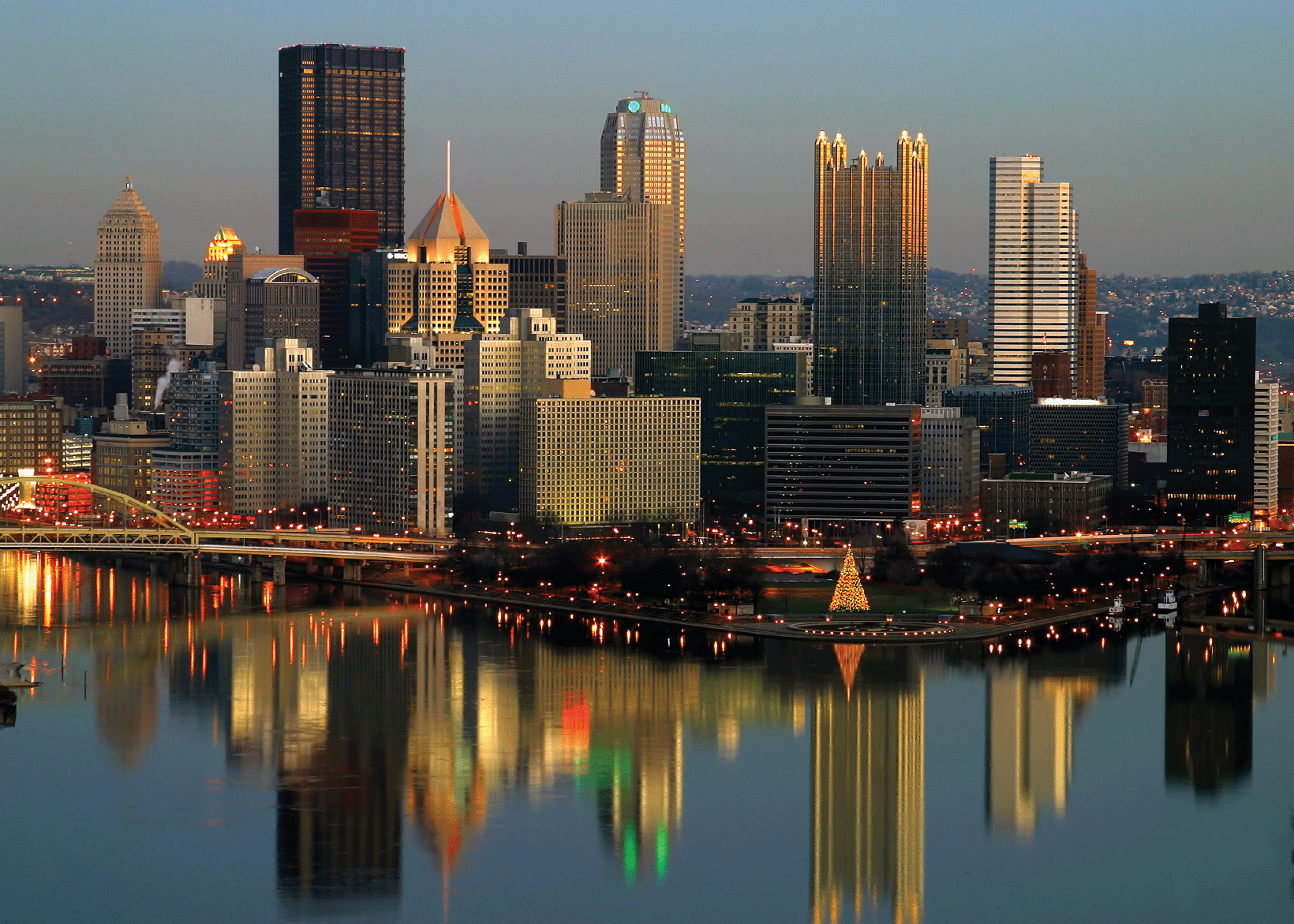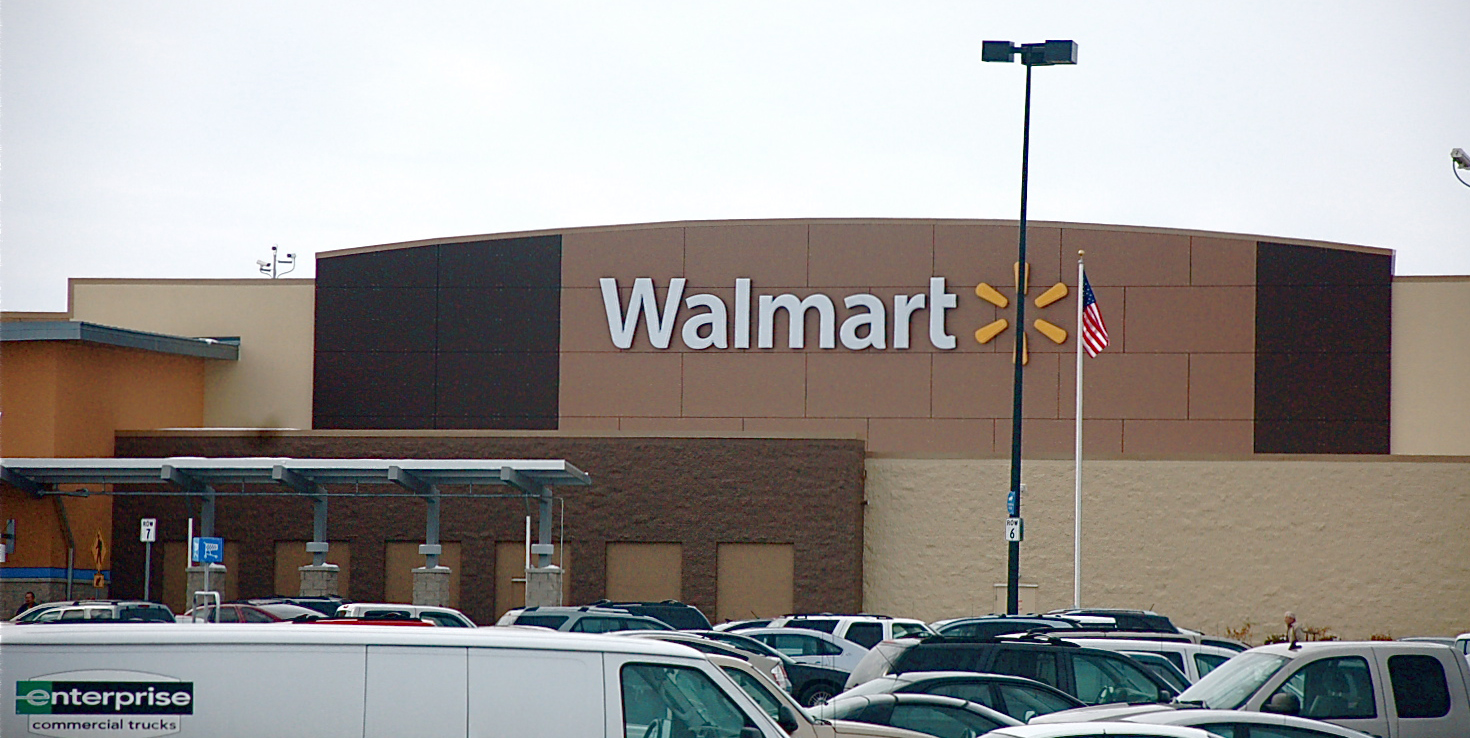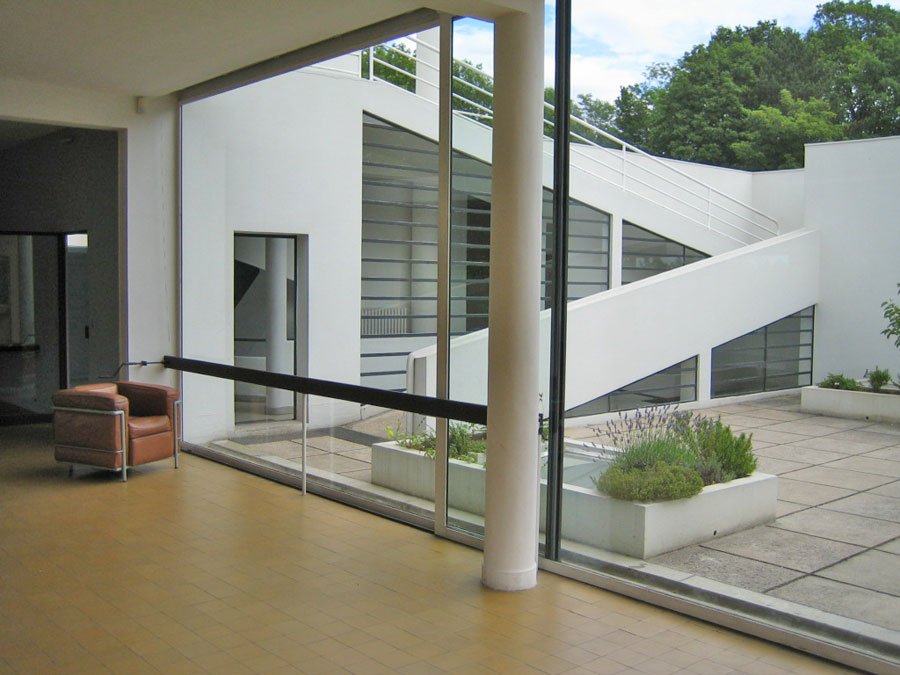Reverb
The overarching and imperative ideals developed from my understanding of the second unit, “Reverberations” are:
‘Writing rules, breaking rules, and then revising them.’
And…
‘Echoing Past Design to produce that which is considered modern.’
These two phrases describe how the movement of design changes across time as well as space (in the idea of moving around the world) and how the philosophy and ideas of the time shape architecture.
Gothic|Renaissance| Baroque & Rococo
Spires, arches, immensity, high detail. These words describe the confluence of cathedral buildings that occurred around the 12th century. These tall buildings, generally using the cruciform shape, were made to make a statement of dominance on the land in the name of the faith Christianity. The dematerializing of the structure to make these buildings large sometimes led to their demise in collapse, through their effort to point towards the sky and possibly God. As Jon Pearl said: “God is the sky, God has no boundaries.” Examples of these buildings include the Cologne Cathedral, Germany and Amiens Cathedral, France. Vaulted ceilings and stained glass were used in concert with each other to control the light filtering and lighting the surfaces within.
Gothic|Renaissance| Baroque & Rococo
The Renaissance was the movement, from roughly 1400 to 1600 C.E., defined by the way the aristocracy or wealthy and educated elite came to think about the world. This was represented in many aspects of the burgeoning culture and particularly in design. It also interestingly completely dismisses the Gothic period and instead looks farther back to represent the ancients. Leland Roth’s book “Under Standing Architecture,” takes it a step further saying that people in the Renaissance “sensed that they were at the start of a new age of vast possibilities, an age that could equal the achievement of the ancients” (Roth 253). This statement paves the direction in which design language flows, by equaling the ancients and basing building styles upon them while adding to them the scope of the times. These ideas then created the rules of architecture to come, as well as laying the foundation of things to later break.
The reintroduction of renaissance ideals was particularly evident in the facades of buildings. These buildings maintained the ancient design language and included the man different varieties of columns attached to the front porch which was topped by a portico or pediment and entablature. These forms plus the Roman Arch began the reverberation of ancient buildings. Some of these buildings are the Sant’ Andrea by Leon Alberti and the Santa Maria delle Carceri by Giuliano da Sangallo. A very important building form that reemerged was the dome. Seen on a massive scale in the Dome of Florence Cathedral by Filippo Brunelleschi the Dome makes a great comeback, with this double domed design which enabled it to span across a greater distance. The Dome as well as the Villa Capra (Villa Rotunda) were based upon the Pantheon in Rome which was seen as the one of the more perfect achievements of Roman architecture and was subsequently studied by numerous architects including the Villa Capra’s designer Andrea Palladio. I have chosen the Villa Capra as the building which represents this unit the best. In many aspects it pays respects to the past designs to create that which is modern. Basically, a Pantheon with 4 facades the Villa Capra relives many ideas from the past while following the rules, while breaking and writing new ones. The greatest difference in the Villa Capra is the use of the dome in a residential area which changed how the Dome was used: “…such a form, symbolizing the heavens and divinity, had been reserved for churches” (Roth 381). This profound change in Renaissance architecture played a part in the blending of design and allowing forms to be used on different types of buildings.

Gothic|Renaissance| Baroque & Rococo
The visually evident break with the Renaissance occurred with the Baroque and Rococo era in the extreme ornamentation and embellishment of every surface. It was done to the point that the eye cannot rest anywhere and instead flits about in an attempt to take in everything the designer has created. Excellent examples are Chateau de Versailles, by Jules Hardouin-Mansart and Church of San Ignazio by, Padre Andrea Pozzo. The extent to the design was that it lifted the materials used in construction from their atomic structure and was formed by the designer to occur as different materials such as cloth from stone.
The importance of this unit to my understanding of architecture has given me the ideals aforementioned of ‘writing rules, breaking rules, and then revising them,’ and ‘echoing past design to produce that which is considered modern.’ The past is imperative to understanding what is modern. Past designs were relived to create a standard of buildings and subsequently used as a basis to break in the construction of new architecture. For many architects I feel that these well studied areas of design are so well studied in that they are important to influencing the way we look at design today. As the new unit is being introduced however I feel that it is also important to realize that one is not limited by these past rules, and only needs to acknowledge them.






















